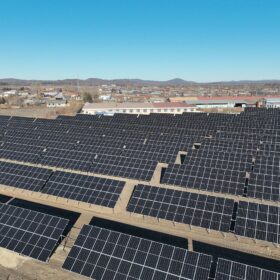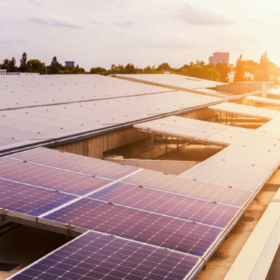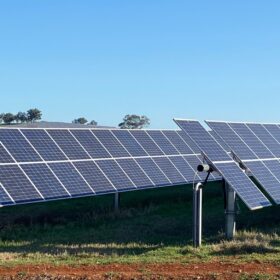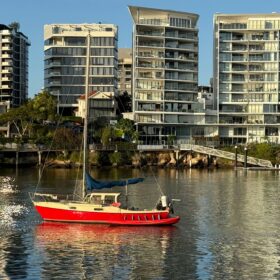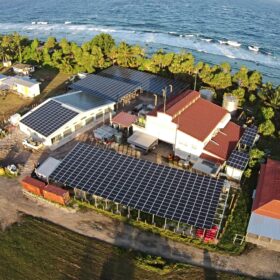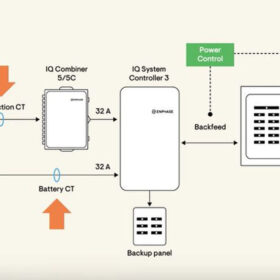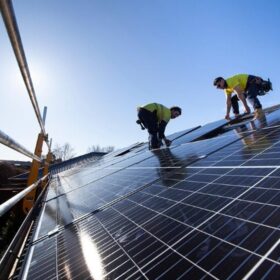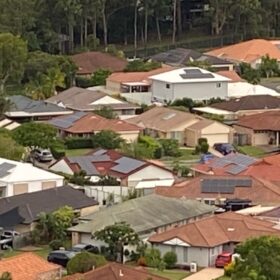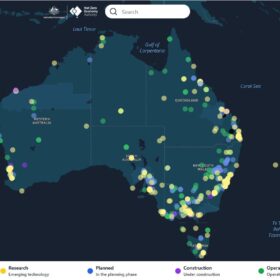Raystech inks exclusive distributor deal with Chinese solar module giant Longi
Australian solar panel distributor Raystech has signed an exclusive deal with Chinese solar module giant Longi to distribute their products in Australia in a partnership set to ride the wave of Australia’s ongoing growth in rooftop installations.
Victoria’s solar for apartments scheme round two kicks off with 80 applicants
On a quest to improve clean energy transition equity, applications to give 1,500 apartments access to rooftop solar have been received by Victoria’s Solar for Apartments scheme round two, and follows 400 applications covering 5,000 lots in round one, half of which were renters.
Low cost renewables still unbeatable after seven consecutive years: GenCost report
For the seventh year in a row, a CSIRO report has found renewables have the lowest cost range of any new-build electricity generation technology, with solar and wind coupled with firming technologies like batteries remaining the standouts.
$25 million clean energy fund accelerates transition for multi-tenanted buildings
Deployment of solar panels, battery systems, heat pumps and electric vehicle chargers is driving a $25 million commitment by the Clean Energy Finance Corporation to ensure multi-tenant buildings aren’t left behind in the clean energy transition.
500 kW solar and 2 MWh BESS projects boost Pacific nation’s clean energy goals
The pacific island nation of Tuvalu is on track to achieving its goal of 100% renewables by 2030, with the recent commissioning of a 500 kW rooftop solar project and 2 MWh battery energy storage system in it’s capital Funafuti.
Enphase rolls out software to prevent busbar overload
Enphase Energy has released new software to help homeowners install larger solar and battery systems without major electrical panel upgrades. It uses real-time measurements from current transformers to make immediate decisions.
Rooftop solar install rates on par with straight-line average
Australia’s rooftop solar market has eased with the latest monthly data from industry analyst SunWiz revealing that national installation volumes dropped off by a marginal 1% in November compared to the previous month.
Jemena adopts USA system to manage grid integration of rooftop solar to its network
United States-headquartered technology company Itron, Inc has collaborated with Victoria-based gas and electricity distribution company Jemena to deploy its resource management system to manage rooftop solar generation in Australia.
BIPV technology provides potential solution for solar duck curve
Building integrated PV can make a substantial contribution to Australia’s clean energy transition but one industry expert says a lack of understanding about the value and versatility of the technology means it remains underutilised.
AEMO makes case for rooftop solar control mechanism
The Australian Energy Market Operator is pushing for the widespread implementation of “emergency backstop” measures to remotely switch off or dial down rooftop solar systems to help manage the growing impact of distributed PV on the nation’s electricity grid.
